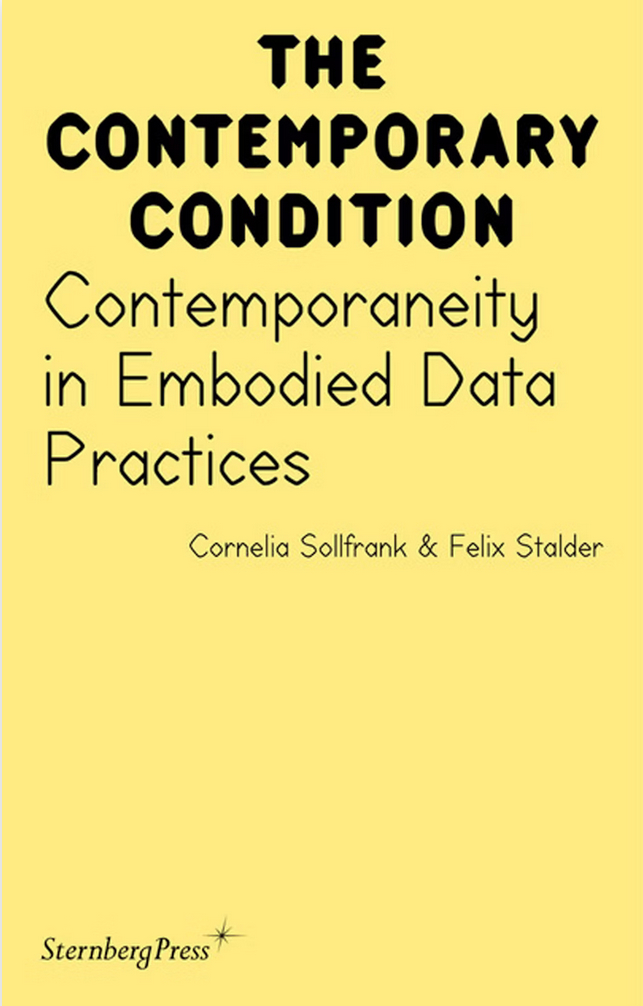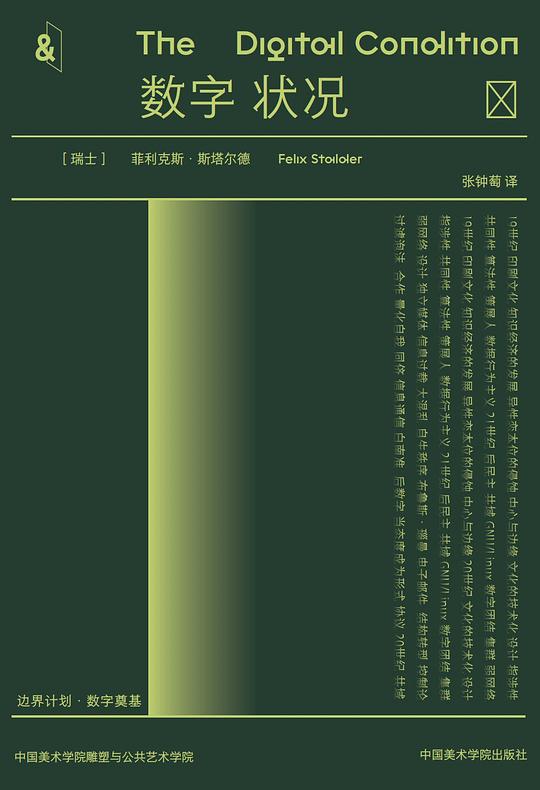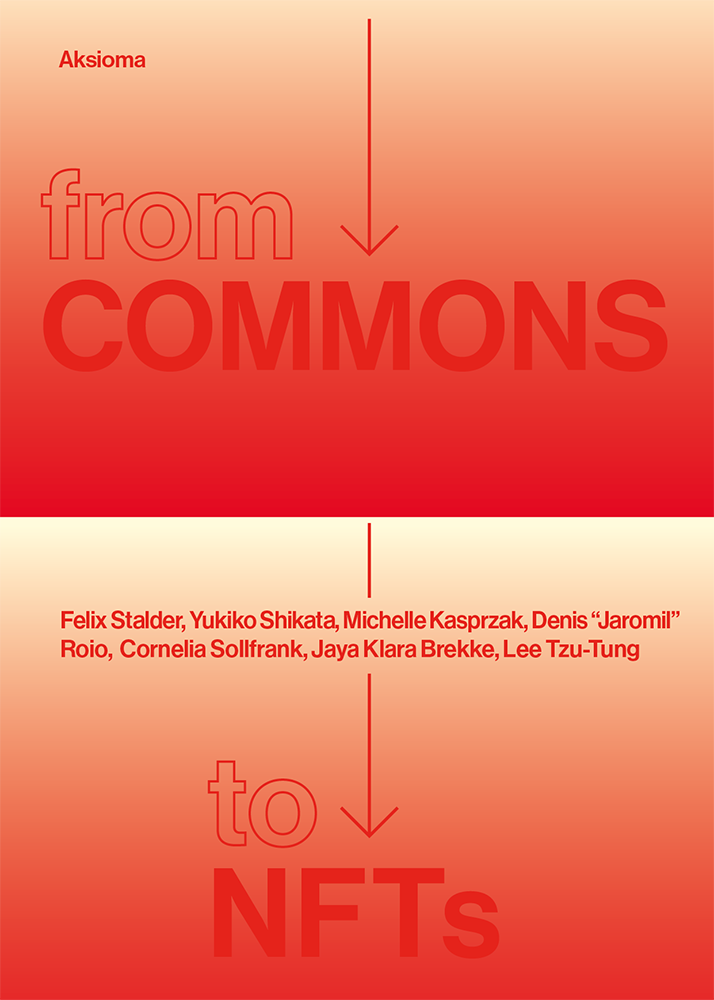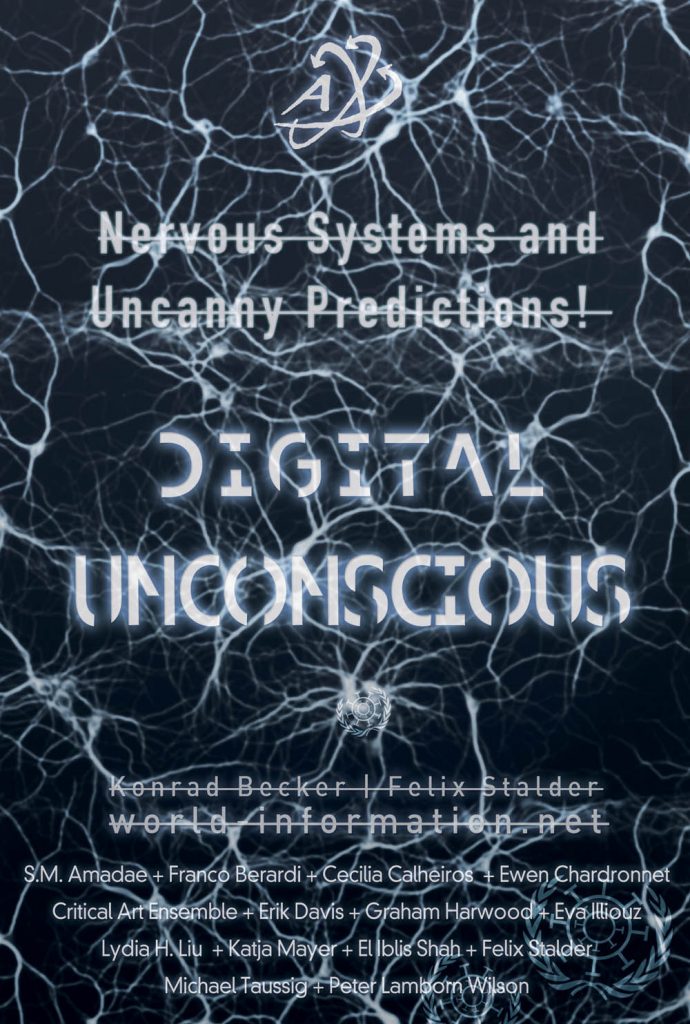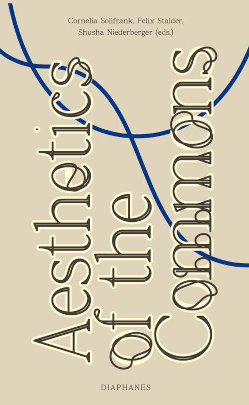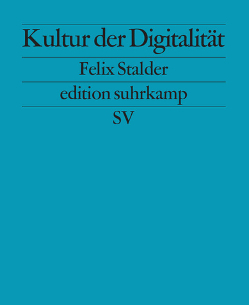
 While the current historical situation demands urgently a redefinition of authorship, the art world offers very little in terms of critique or alternative practice.
While the current historical situation demands urgently a redefinition of authorship, the art world offers very little in terms of critique or alternative practice.
Much of the 20th century’s avant-garde art can be read as a revolt against the bourgeois conception of the artist as an exceptional individual who creates art through a mysterious process of introspection into his – mainly his – particularly sensitive soul. The introduction of mass-produced materials into artworks, of randomness, the exploration of the subconscious and, after WWII, the turn towards machinic and algorithmic processes, all served to decentre the process of making art away from the artist’s inner world and his or her complete control. In the 1960s, literary theory caught up and famously declared the death of the authoritative, omniscient author. The matter seemed to have been laid to rest by Foucault’s famous “murmur of indifference:” ‘What matter who’s speaking?’”
All of this has been debated to death and the issues have mostly been settled, but, now that the battles over the conception of authorship and associated constructions of rights and modes of ownership have moved from the field of cultural theory to the centre of society, the art world – in which “contemporary art” plays a minor supporting role – has fallen curiously silent. Not only that, the deeply neoliberal makeover of the last two decades have actually moved it into the opposite direction. Authorship and individuality are being asserted more strongly than ever. This is not due solely to the power of market forces with their predictable need for stars and commodities.
No, the assertion of artistic individuality is also re-appearing in the institutional field, which was once considered as the enabling matrix for critical practices. It is re-emerging here in the form of the coherent CV that lists all of one’s unique achievements in an orderly and comprehensive manner, which must be constantly updated and shown. This narrative has been imposed on everyone, even those few artists whose practices truly work through collaborations and within networks. Indeed, this has become so hegemonic that one often has the creeping suspicion that the main reason for producing yet another show/performance/publication is to be able to add yet another line to a CV.
Thus, while the current historical situation demands urgently a redefinition of authorship, the art world – understood as a field of production in the sense that Walter Benjamin first described in 1934 – offers very little in terms of critique or alternative practice. On the one hand, it continues to promote the classic claims of authorship: that of comprehensive authorial control and nearly unlimited ownership. Today, this can only be viewed as reactionary which, in the textbook sense of the word, means “seeking to return to a previous state”, with all of the requisite violence necessary to re-impose this on a society that has already changed. To promote artistic creation as an exclusive capacity limited to a small number of people is an attempt to put the genie of distributed, generalized creativity back into the bottle of exceptionality. In effect, this requires the active silencing of a majority of the world’s people. This occurs on a dramatic level through the prosecution of people for using and sharing cultural expressions they do not legally own, and through the imposition of comprehensive censorship on the infrastructure of everyday communications. On the other hand, the model of identity as profile – linear, ordered and comparable – that underlies the CV is more attuned to its time, and eventually feeds effortlessly into the machines whose central function is what the sociologist David Lyon described as social sorting: the relentless production of differences so that tailored social regimes can be produced to maximise the value of each of them to the dominant logics written into these machines.
One of the few radical critiques of this state of affairs in the contemporary art world is Tiqqun’s Cybernetic Hypothesis. Unfortunately, the proposed counterstrategy of invisibility – “becoming a fog” – is a dead end, because visibility is a necessity for all kinds of social relationships. For Tiqqun, the lack of outside connections (because of the invisibility to others) then needs to be compensated through the intensity of the internal connections, advocating, in effect, for superdense clandestine collectives.
As an effect of the retreat of art from this question, most practices that go beyond classical models of authorship are now located not in the art world but in everyday culture, which may involve hacking, street-level labs (cultural institutions focussed on cooperation, rather than solitary contemplation), fan cultures such as cozplay, social movements and, more generally, a sprawling, dirty digital folk culture and participatory politics. This is really unfortunate, since many of these practices, particularly the ones not connected to political social movements, are critical only in terms of their production model, which emphasizes transformation, cooperation and performativity, and disregards formal credentials and exclusive ownership. But these practices remain entirely uncritical of their own self-conception. An opening of the lines of communication between the art world and these post-authorial cultures would be beneficial to both. However, the art world seems to be too busy rebuilding its fences, and the new cultures have little interest in the rich history of critical thinking and practice in the arts, perhaps because it is so often offered as condescension. As a consequence, those street-level practices that are not conducive to the new profiling machines are left to a vicious prosecution and the art system is on its way to retreating into its comfortable role as a game for the elite.
Source: open! Platform for Art, Culture and the Public Domain, 2.11.2013
https://www.onlineopen.org/the-curious-retreat-of-art.





